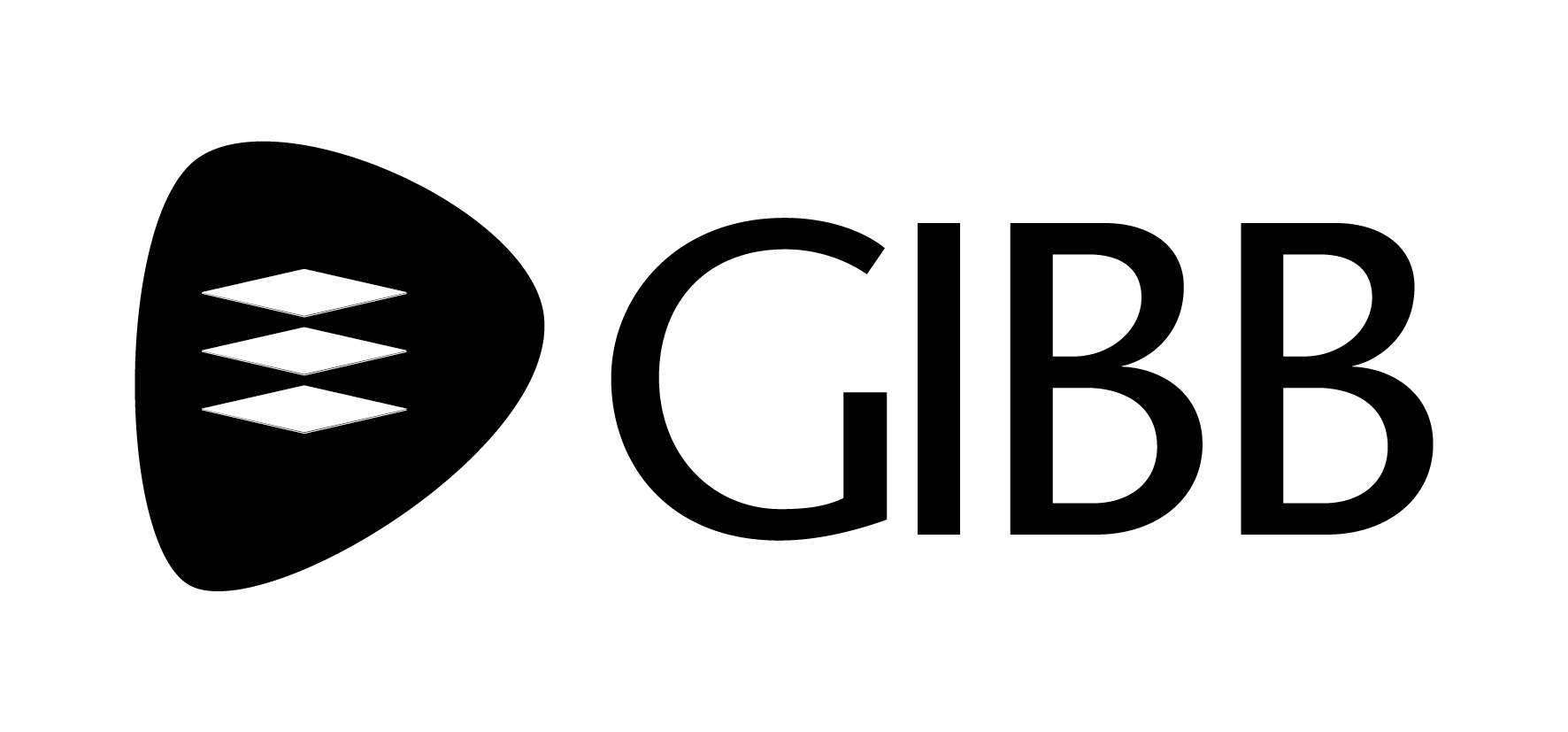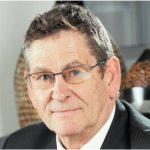Engineering companies now have to re-evaluate their appetite for risk

Richard Vries: GIBB Group CEO
As Chinese construction conglomerates enter Africa’s business landscape, success will depend on adaptation
South African consulting engineering companies are confronted with some fascinating trends that will shape our industry, now and even more so in future. One of the most influential trends we are seeing is the evolution of business models away from the traditional ones that have remained largely unchanged over the past few decades.
The traditional client relationship for an engineering consultancy involves a client identifying a need and then approaching consultants to further define and ultimately solve the problem. Among many others, the need could include constructing a power, water or transport asset. In the traditional model, the consultancy would then charge the client for the time spent on the project. Risk primarily rests with the client in this model.
We have noticed this traditional client-consultant business model evolving, particularly outside SA, as Chinese construction conglomerates enter the African business landscape. The Chinese model is primarily shaped around design, build and finance; in most instances, operation and maintenance of the asset is retained by the client. This model assumes a much higher risk for the contractor, but is well received by most client bodies, especially public sector clients, for whom obtaining approval for increasing project budgets due to unforeseen risks is cumbersome and time consuming.
To compete now, engineering companies are having to re-evaluate their appetite to take on risk, to tackle the need for development of infrastructure on the continent and become part of the project owner (or in some instances even lead as the project sponsor).
The traditional tendering model for procuring engineering services will remain for some time to come. However, large-scale projects such as the Renewable Energy Independent Power Producer Procurement Programme is an example of how the consulting engineer’s traditional role could evolve. In future it may be possible that our success as built environment professionals will depend on how well we adapt to this changing business model, where there is increasing acceptance of risk, increasing levels of competition and less of the traditional, hours-based remuneration model.
What renders Chinese companies so effective at this model of doing business is their financial muscle and higher risk tolerance. Projects are financed primarily through Chinese institutions and generally proceed to construction quicker than, for instance, through the use of traditional models predominantly used in SA, which has a highly regulated procurement process. Necessary as this may be to deal with specific South African public sector procurement challenges and the lack of equal accessibility to project finance, it may constrain the pace and scale of private sector investment if not well structured.
For engineering companies active in Africa, these changing business models present a new opportunity. At GIBB we have responded by establishing a project development division — GIBB Capital — focused on developing projects from concept to implementation and working with various partners in the project development space.
Another emerging engineering trend is a regulatory environment geared to empower SA’s small and medium-sized businesses (SMMEs). Preferential procurement regulations stipulate that 30% of certain categories of state procurement must be set aside for SMMEs.
The government may further set pre- qualification criteria that favour SMMEs in tendering processes.
This trend will affect larger consulting practices. There will be an evolution of how large companies function, their procurement models as well as their view of core and noncore functions. This is a positive development that will help the government bring emerging business into the mainstream. It will create employment in small enterprises, but we are also likely to see a downsizing of larger firms.
Unfortunately, one of the unintended consequences of the “30% regulation” being of benefit to qualifying small enterprises (QSEs) may be that companies that are well positioned to grow and employ more staff would artificially limit their turnover to the R50m threshold. The disadvantages of marginally growing your business beyond R50m means an immediate reduction of your company turnover (unless you are able to immediately supplement the 30% of loss in sales through new business. It is not easy to do if one considers that the new emerging business now has to compete with established large players higher up on the project complexity scale. What is more likely to happen is that the firm would fall back to a QSE level.
What may be required in the context of a developmental state would be to create a “continuum of growth” where different benefits continue to accrue as businesses grow and employ more South Africans up to the envisaged levels of creating black industrialists, in line with the Department of Trade and Industry’s stated policy. The aim should be to reward fast-growing QSEs, not to encourage them to stay small. Whether ultimately more jobs are created with the QSE artificial ceiling or many more jobs are lost remains to be seen.
A third trend emerging in the engineering sector is for more risk to be transferred to engineering companies. Engineering companies traditionally operate under professional indemnity insurance for the service they provide. Traditionally, the risk would be limited to twice the fee paid to the professional or a capped limit of the value of the indemnity. This assisted the insurers to quantify the risk and therefore price it appropriately. An insurer could then provide cover up to a certain value if, for instance, a structure collapses due to a design failure.
We have noted a recent trend in clients expecting unlimited liability insurance from professional service providers. This places engineering firms in a commercially undesirable position of assuming a disproportionate risk to the fees being earned. A more reasonable approach would be where the client requests this higher level of liability exposure, the level of insurance is increased and therefore the professional fee is increased commensurately with the additional insurance premium.
Industry bodies such the Black Business Council in the Built Environment continue to engage client bodies around this major concern to professionals. In a highly competitive industry, where the consultant is in most instances evaluated on price rather than value-add, there is fierce price competition. Some professional services companies become tempted to sign off on the unlimited risk specified, despite knowing that the professional indemnity provided by insurers is limited. Clients are of course not telling professionals to do this, but the fierce competition in the sector encourages it.
Where the client is a government body it could be argued that the government is acting in society’s interest by trying to pass on all the risk to its service provider. However, in cases like these there is room for more engagement before the interpretation is widely adopted by clients as the norm — particularly because it could have unintended consequences and affect the structure and pricing of the market. Disproportionate risk could have a negative impact on the industry. Resolving it will require conversation with insurers, technical people, client bodies as well as policy-makers.
These emerging trends will bring opportunities as well as tough challenges. As in every industry, there will be competing interests and opposing views. However, I am confident that some of the challenges can be resolved through adequate consultation and a high level of trust between the various stakeholders.
• Vries is GIBB group CEO.



